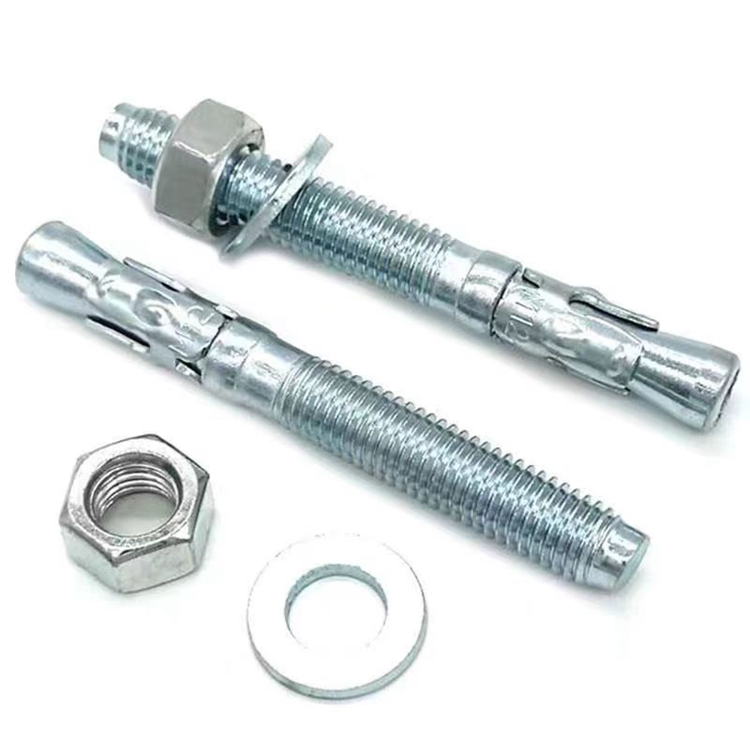Innovative Spacer Solutions for Bolts to Enhance Performance and Durability in Various Applications
Aug . 07, 2024 09:35 Back to list
Innovative Spacer Solutions for Bolts to Enhance Performance and Durability in Various Applications
The Importance of Spacers for Bolts in Engineering Applications
In the fast-evolving world of engineering, the integrity and reliability of structures often hinge on the quality of small components, one of which is the spacer for bolts. While they may seem like minor elements, spacers play a crucial role in various applications across numerous industries, ensuring that bolts function effectively and providing stability and structural integrity.
The Importance of Spacers for Bolts in Engineering Applications
One of the primary benefits of using spacers is their ability to protect sensitive materials from damage due to excessive tension or torque. In assembly applications, bolts can exert significant pressure on the surrounding components. By using spacers, engineers can ensure that this pressure is evenly distributed, reducing the risk of deformities in the materials being fastened. This is crucial in industries such as aerospace and automotive, where every component must perform with precision to ensure overall safety and reliability.
spacers for bolts company

Moreover, spacers can also play a role in thermal expansion. Materials expand and contract with temperature changes, which can lead to issues if rigid connections are used. By incorporating spacers, engineers can allow for a degree of movement, which accommodates these natural changes without compromising the integrity of the joint. This adaptability is particularly valuable in applications where components are exposed to extreme temperatures or varying environmental conditions.
Another advantage of spacers is their contribution to vibration damping. In machinery applications, vibrations can be a significant problem, leading to wear and tear over time. Spacers can help mitigate these vibrations by providing a buffer between moving parts, thereby extending the lifespan of the machinery and reducing maintenance costs. This feature is especially beneficial in the manufacturing sector, where machinery is often subject to continuous operation and the potential for wear and malfunction is high.
When it comes to selecting spacers for bolt applications, several factors need to be considered. The material of the spacer is critical, as it must be compatible with the materials of the bolts and the components they interact with. Common materials include metals, plastics, and composites, each offering different benefits in terms of strength, weight, corrosion resistance, and thermal stability. Additionally, the size and shape of the spacer must be suited to the specific application, ensuring optimal performance while meeting safety regulations.
In conclusion, while they may not be the most glamorous component in engineering design, spacers for bolts are indispensable in creating reliable, safe, and efficient structures and machinery. Their role in maintaining alignment, distributing force, accommodating thermal expansion, and reducing vibrations cannot be overstated. As industries continue to evolve and push the boundaries of what is possible, the importance of high-quality spacers will only grow. Engineers must prioritize the selection and application of spacers to ensure the longevity and safety of their projects, ultimately contributing to more resilient infrastructures and machinery in the years to come.
Latest news
-
Reliable Axle Nuts Supplier | Quality & Precision Fasteners
NewsAug.23,2025
-
Durable Bolts for Lawn Mower Handle - Top Supplier & Manufacturer
NewsAug.22,2025
-
High-Quality Bolts for Lawn Mower Handle Supplier & Manufacturer
NewsAug.21,2025
-
Reliable Axle Nuts Supplier | High-Quality Automotive Parts
NewsAug.19,2025
-
Premium Wire Bolts Suppliers | Durable & Reliable Fasteners
NewsAug.18,2025
-
Leading Metric Wood Screw Companies & Manufacturers
NewsAug.17,2025
